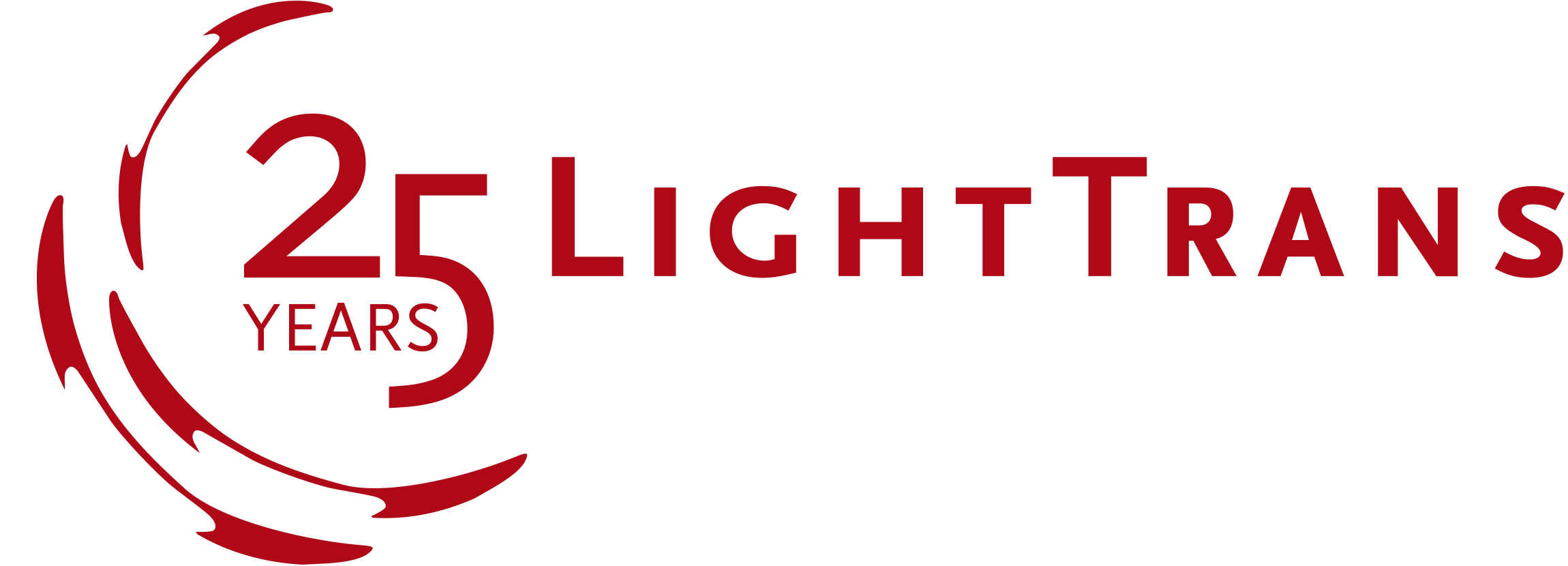Optical Metrology
The thorough investigation of interferometers, spectrometers and the imaging quality and resolution limit of microscopes with conventional or structured illumination is enabled by fast physical optics.
Optics has provided throughout history the means to perform incredibly accurate measurements, a vital cog in catapulting the potential of science and technology. An analysis of metrology systems unavoidably requires the consideration of physical optics effects (coherence, polarization, interference, diffraction, etc.) to yield realistic, well-informed results. VirtualLab Fusion provides the necessary tools for such an analysis, taking advantage of the fast physical optics theory to, moreover, facilitate fast simulations.
Benefits
- Easy switching between ray tracing and fast physical optics simulations for the same systems.
- High-performance analysis of complex systems.
- Fast simulation of coherence effects and interference patterns.
- Automatic consideration of vectorial effects.
- Rigorous analysis of gratings cogently included in the model for the entire, complex system.
Selected Topics
Expand the boxes below and/or click on the links for more detailed info.
Interferometry
Fast physical optics, as implemented in VirtualLab Fusion, provides the tools for fast simulations of the best-known interferometers
- Michelson
- Mach-Zehnder
- Young
among others, enabling the study of coherence and dispersion effects in the interference patterns. Ray tracing through the systems is also envisaged, with a friendly user interface and easy switching between the two engines.
Microscopy
The consideration of physical optics effects, like coherence and polarization, is vital to determine accurately the resolution limit of a given microscopy setup, as is the efficient consideration of vectorial effects, particularly for high-NA systems. VirtualLab Fusion is ready to face those challenges with its fast physical optics concept. The analysis of the sample gratings is carried out rigorously and is cogently included in the overall model of the more complex system. The use of gratings with different periods as samples in a microscopy setup constitutes an alternative to the study of the Airy pattern as a means to analyze the resolution characteristics of the system. Ray tracing through the system is also possible, the lot aided by an intuitive interface which permits easy switching between the two engines.
Monochromators
VirtualLab Fusion and its fast physical optics concept provide a platform for the analysis of complex optical systems, like monochromators, yielding fast results that include a rigorous method for the gratings which is logically included in the model for the overall system. This allows for
- a realistic calculation of the efficiencies for the different diffraction orders
- a study of the manner in which those diffraction orders propagate and interact with the rest of the optical system
- an analysis of the possible overlap among said diffraction orders
Both ray and physical optics simulations are possible, with a user-friendly interface which permits easy switching between the two.
Spectrometers
VirtualLab Fusion enables, through the fast physical optics concept, the realistic analysis of spectrometers taking into account physical optics effects. Both ray tracing and physical optics engines are implemented, with an easy switching between the two via an user-friendly interface. The gratings can be modelled with a rigorous method which is cogently combined with the model for the overall system, thus allowing for
- a realistic calculation of the efficiencies for the different diffraction orders
- a study of the manner in which those diffraction orders propagate and interact with the rest of the optical system
- an analysis of the spectral resolution of the spectrometer.
Dispersion deserves a special mention in the field of spectrometers. The rigorous analysis of the gratings naturally includes the rigorous handling of dispersion effects. The overall wavelength dependence of the system, including all the other components, can also be considered if the components are correctly constructed in VirtualLab Fusion out of the corresponding dispersive materials.




